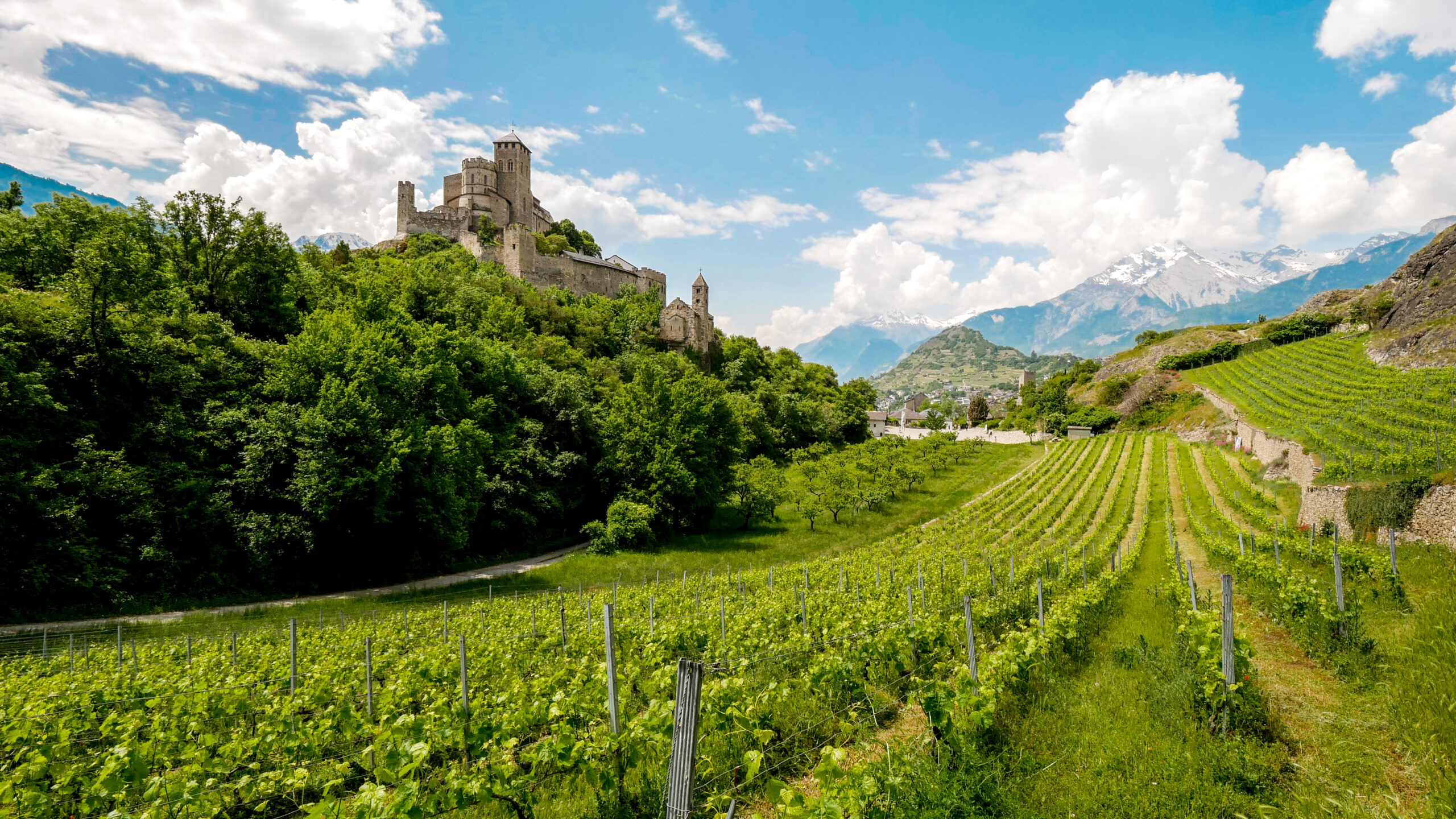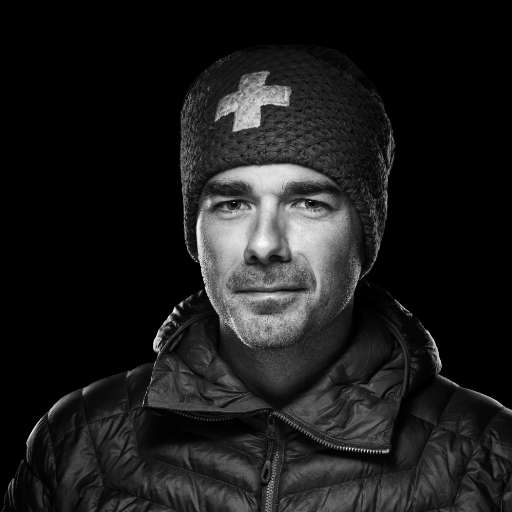Alpine locations
High-altitude wines: discover three exceptional cellars in the Valais vineyards
When the vine blends with the aura of the mountains, the Valais Alps unfurl their winegrowing treasures. On land sculpted by the mountains, vines seem to have found their rightful place. It finds refuge on steep, sunny slopes, clinging to terraces that men have been building for decades, even centuries. ... Read more
Read the article
Recent articles

History of the Alps
CASPAR WOLF one of the first artists to paint the Alps
Caspar Wolf (1735-1783) was one of the first artists to explore and paint the Alps, between 1774 and 1779. Although he painted other subjects, it was precisely as a painter of the Alps that he passed into posterity. Even his contemporaries emphasized Wolf's innovative side, as Karl Gottlob Küttner did in August 1778: Wolf is the painter of the sublime and terrible nature of the Swiss mountains. He went deep into the icy, snowy regions of the mountains, as no painter had done before him; no danger, no difficulty could prevent him from exploring nature...
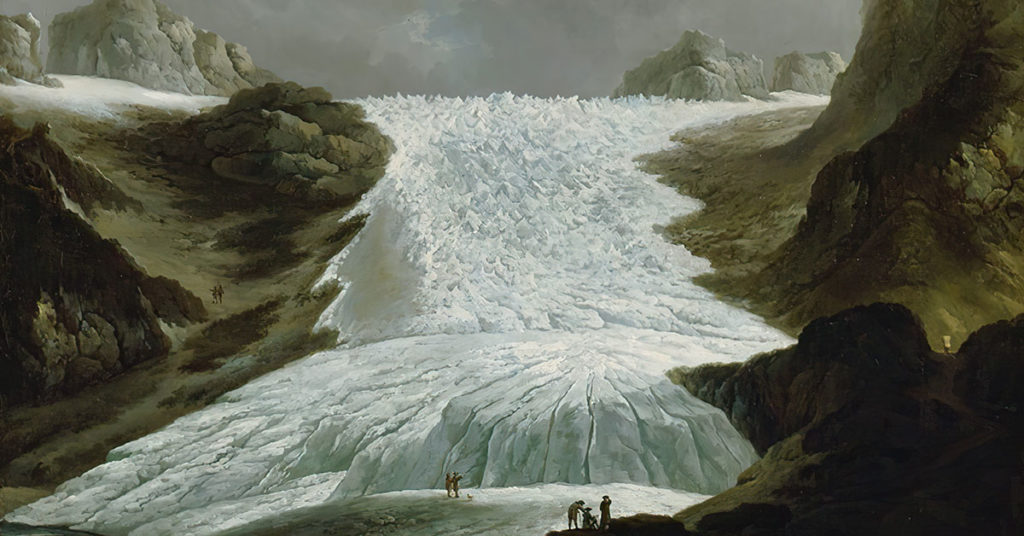
History of the Alps
History of the mountains 18th century
The 18th century saw a real craze for the Alps, with a huge influx of travellers. There were a number of reasons for this, which we'll develop below, but it was the result of a slow evolution. Dragons in the Alps The early 18th century was still marked by popular beliefs, which were also reflected in scientific research: many people spoke of monsters and dragons in the mountains. Scheuchzer devotes an entire chapter to his Ouresiphoites Helveticus, sive itinera per Helvetiae alpinas regiones (published in 1723), one of the most important works ...

History of the Alps
17th century mountain history
The 17th century had a more mixed relationship with the mountains than the 16th century, and sometimes a more negative one. This was partly due to the slight cooling of the climate at the time. Glaciers were growing and sometimes sweeping away churches and fields in their path, causing great damage, but also making it more difficult to enjoy the mountains. The mountains were sometimes seen as a divine punishment, as Horace-Bénédict de Saussure testifies: "The little people of our town [Chamonix] and the surrounding area give Mont Blanc and the snow-covered mountains that surround it the name of ...
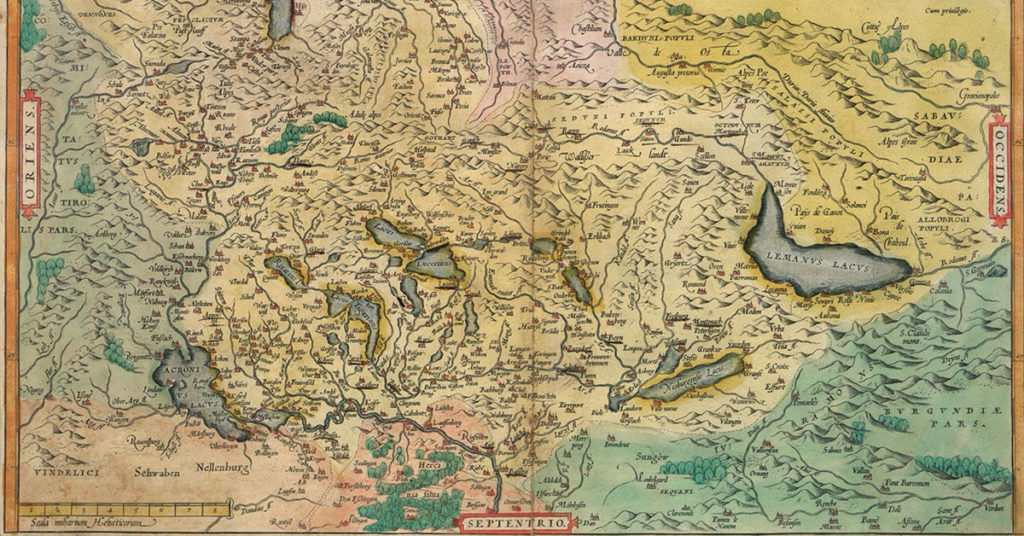
History of the Alps
History of the mountain 16th century and earlier
Although mountains have played a central role in many civilizations and mythologies - being the refuge of the gods, for example - it's only in recent times that man has taken an interest in them. Petrarch's ascent of Mont Ventoux on April 26, 1335 was one of the very first of its kind. It is often regarded as the first awareness of landscape and mountain perception, even if the claim is somewhat exaggerated. A few months before Columbus discovered America, on June 26, 1492, Antoine de Ville climbed Mount ... on the orders of French king Charles VIII.
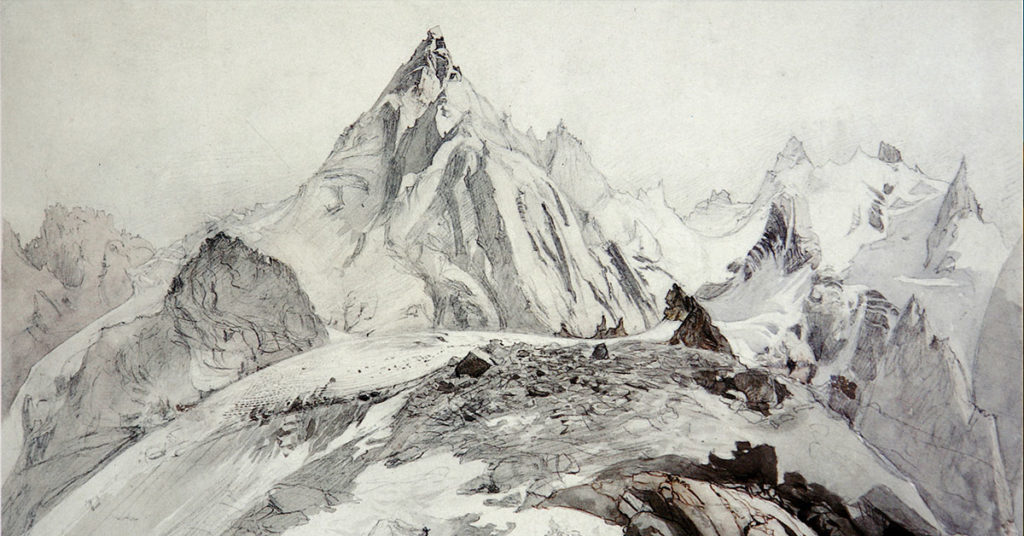
History of the Alps
John Ruskin - Writer, poet and painter closely linked to the Alps
The life of John Ruskin (1819-1900), British writer, poet, art critic and painter, is closely linked to the Alps. A great traveller who visited the continent on numerous occasions, particularly Switzerland and Italy, he first saw the Alps from Schaffhausen, on his first trip to Switzerland in 1833, when he was 14. It was an instant revelation. His love of the mountains would never leave him, and more than anywhere else, it was in the mountains that Ruskin felt truly at home, as he wrote on July 24, 1845...
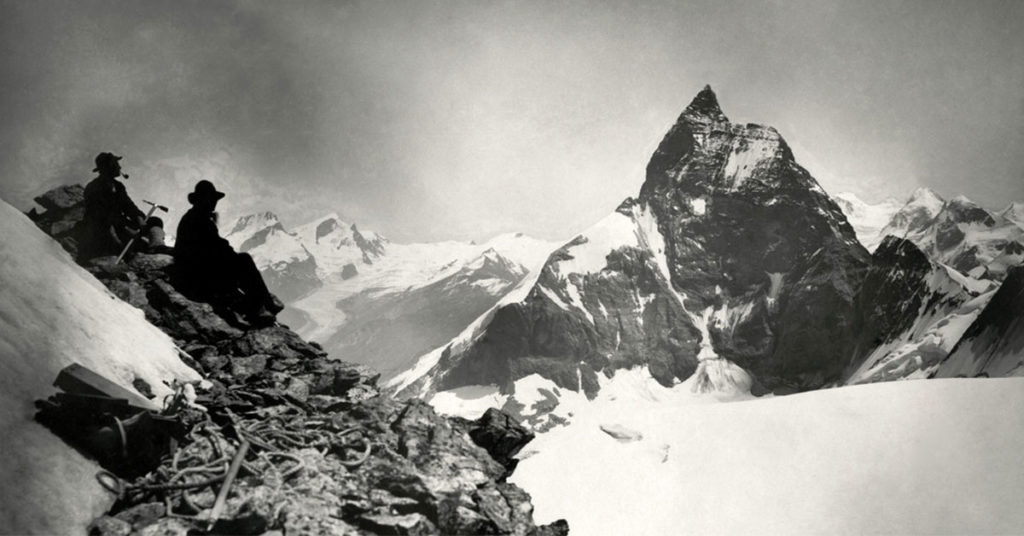
History of the Alps, Photographs of the Alps
A History of Mountain Photography
The relationship between photography and the mountains goes back almost as far as the invention of the former: as early as 1844, the French government commissioned two scientists, Bravais and Martens, to investigate the possibility of photographing in hostile environments, and chose to send them to Chamonix. Joseph-Philibert Girault de Pranget (1804-1892) and John Ruskin (1819-1900) were pioneers in this respect, and the latter boasted of having taken the first photograph of the Matterhorn (or indeed of any mountain) in August 1849. But it also met with rapid success: the general public ...
